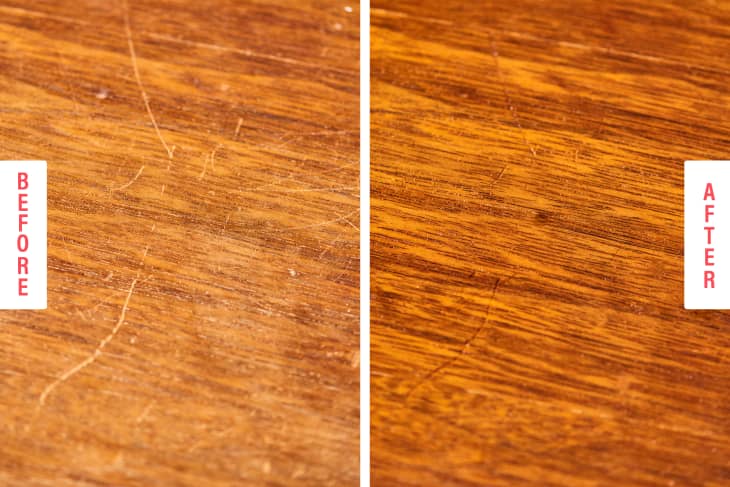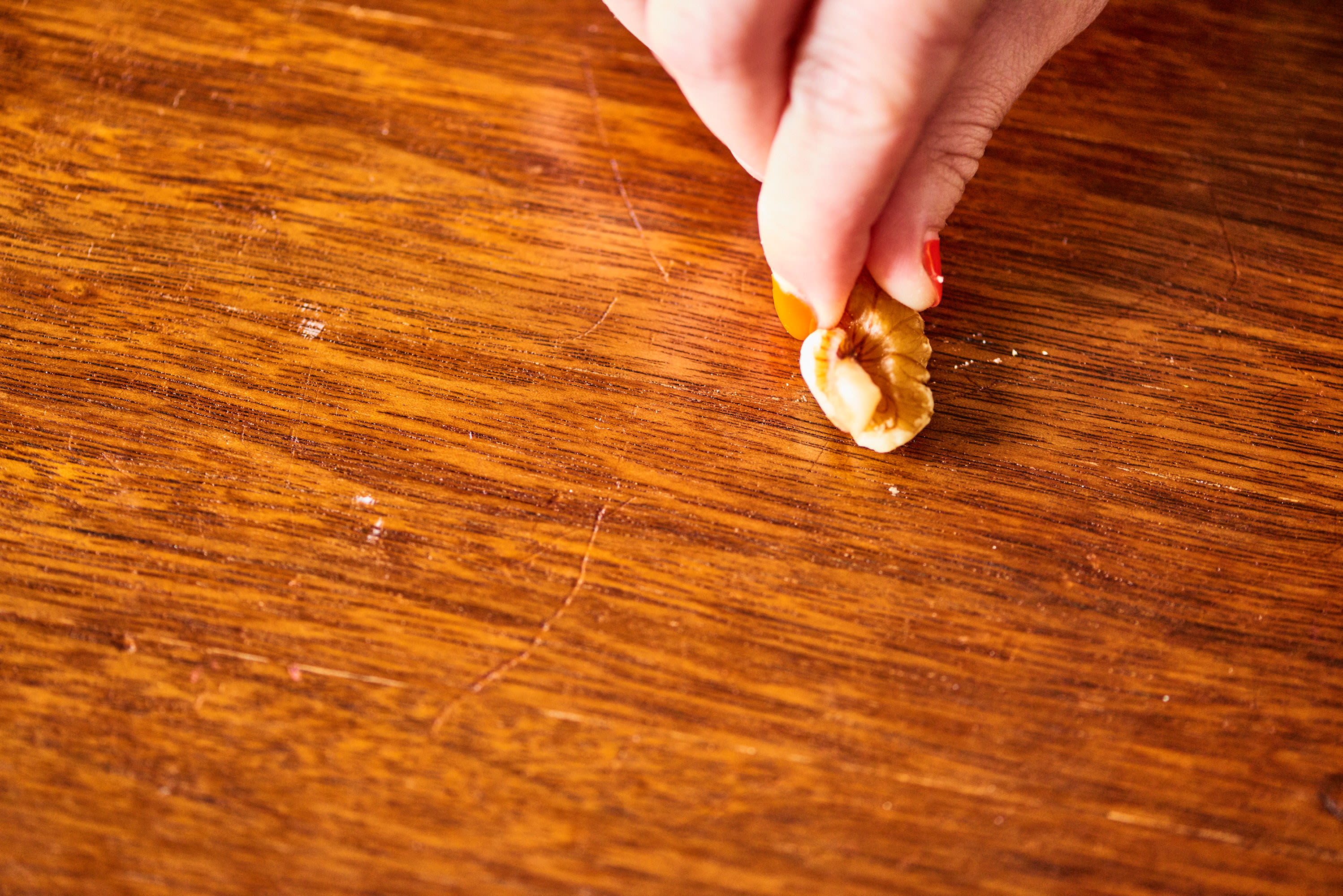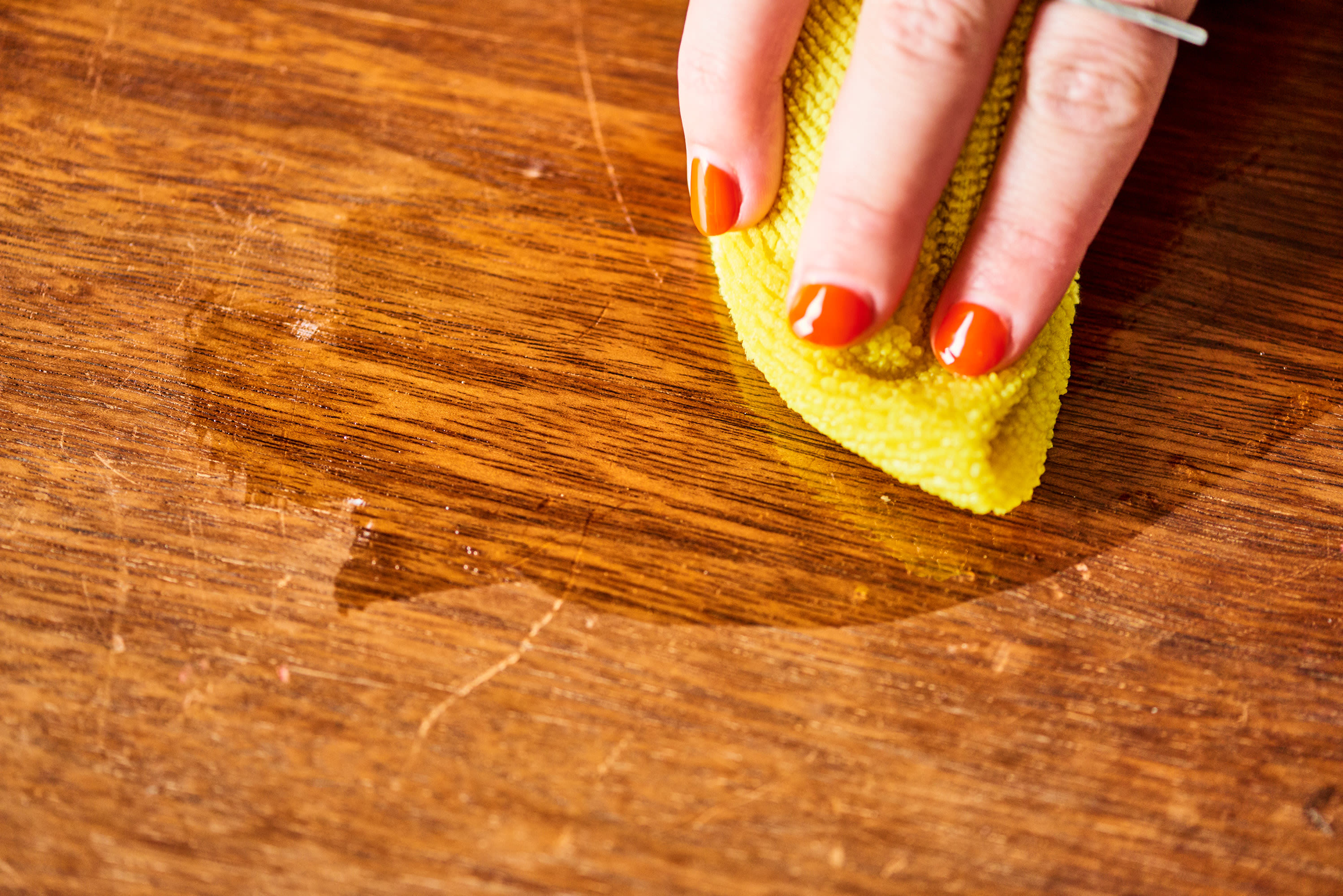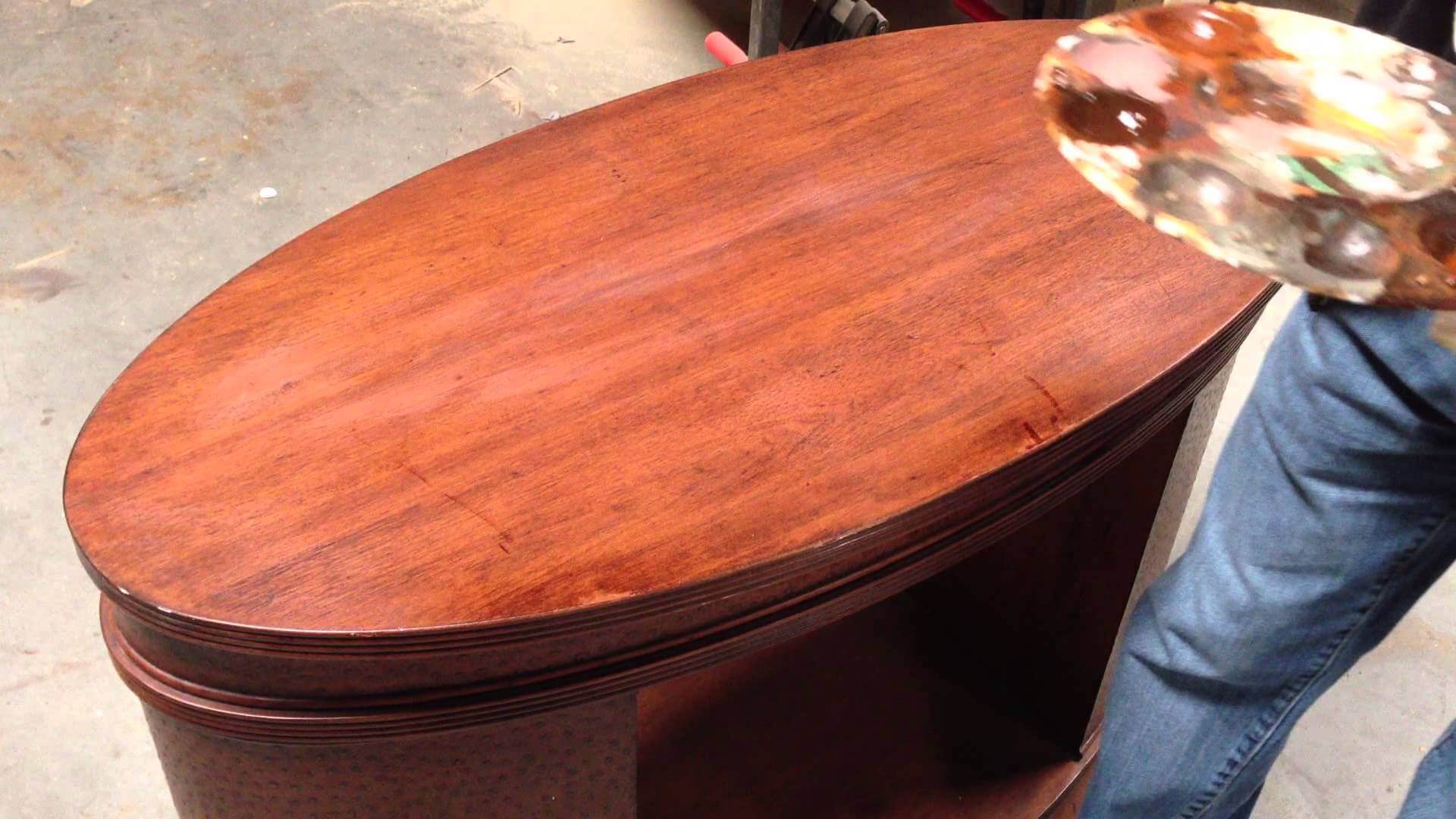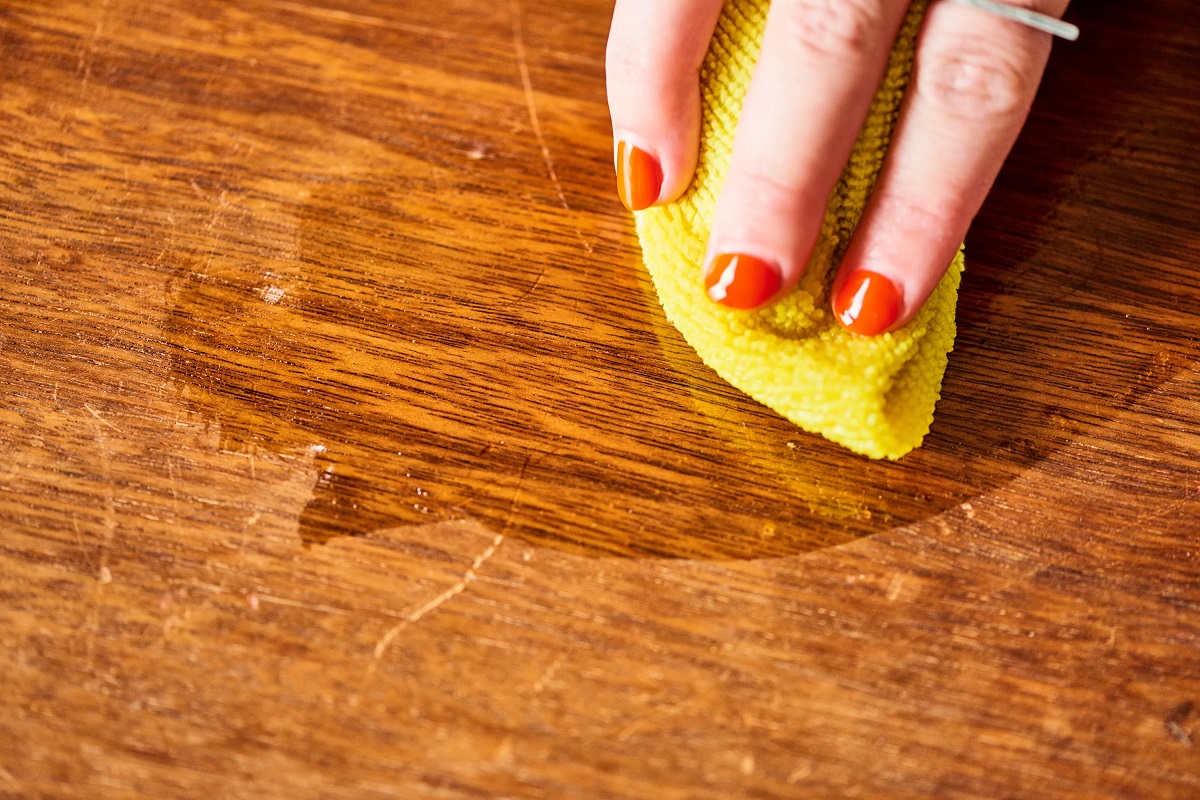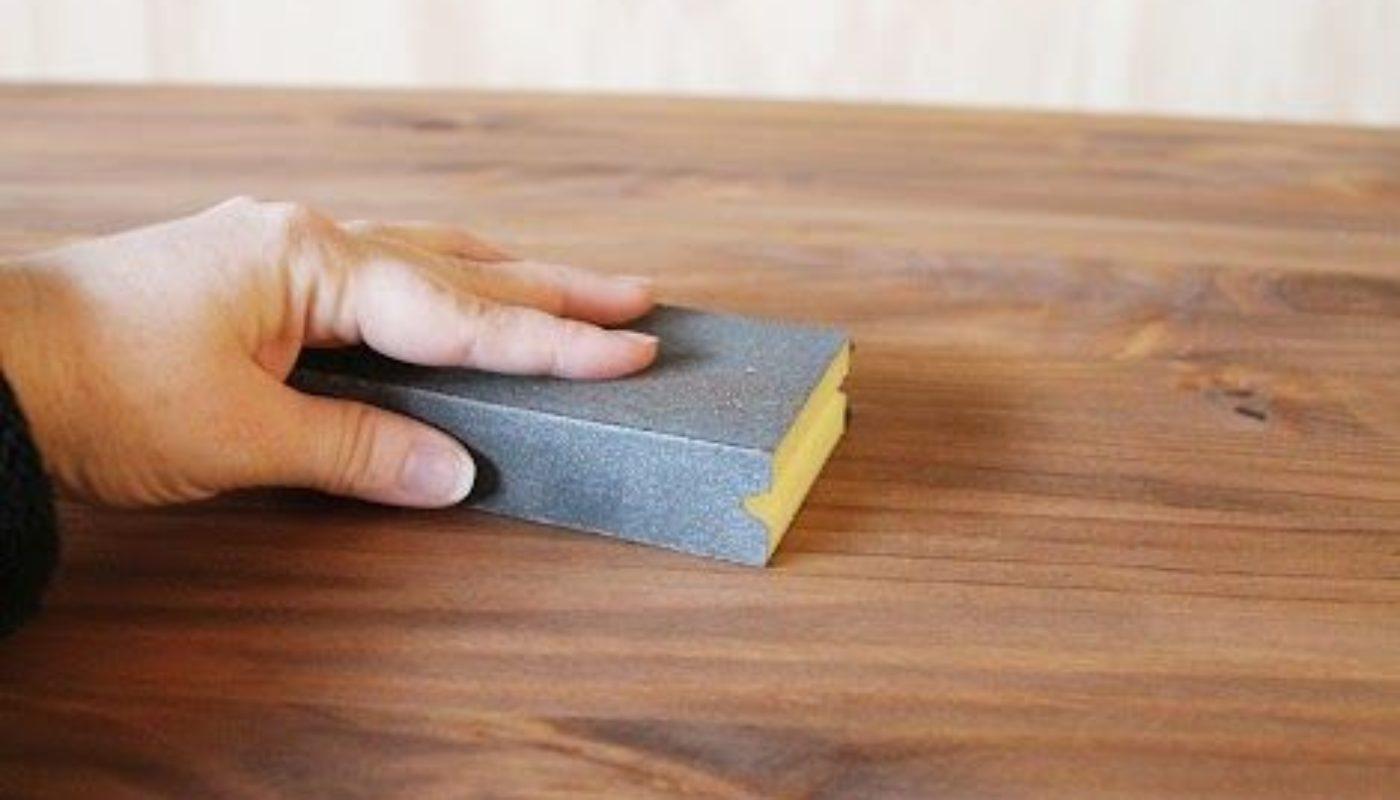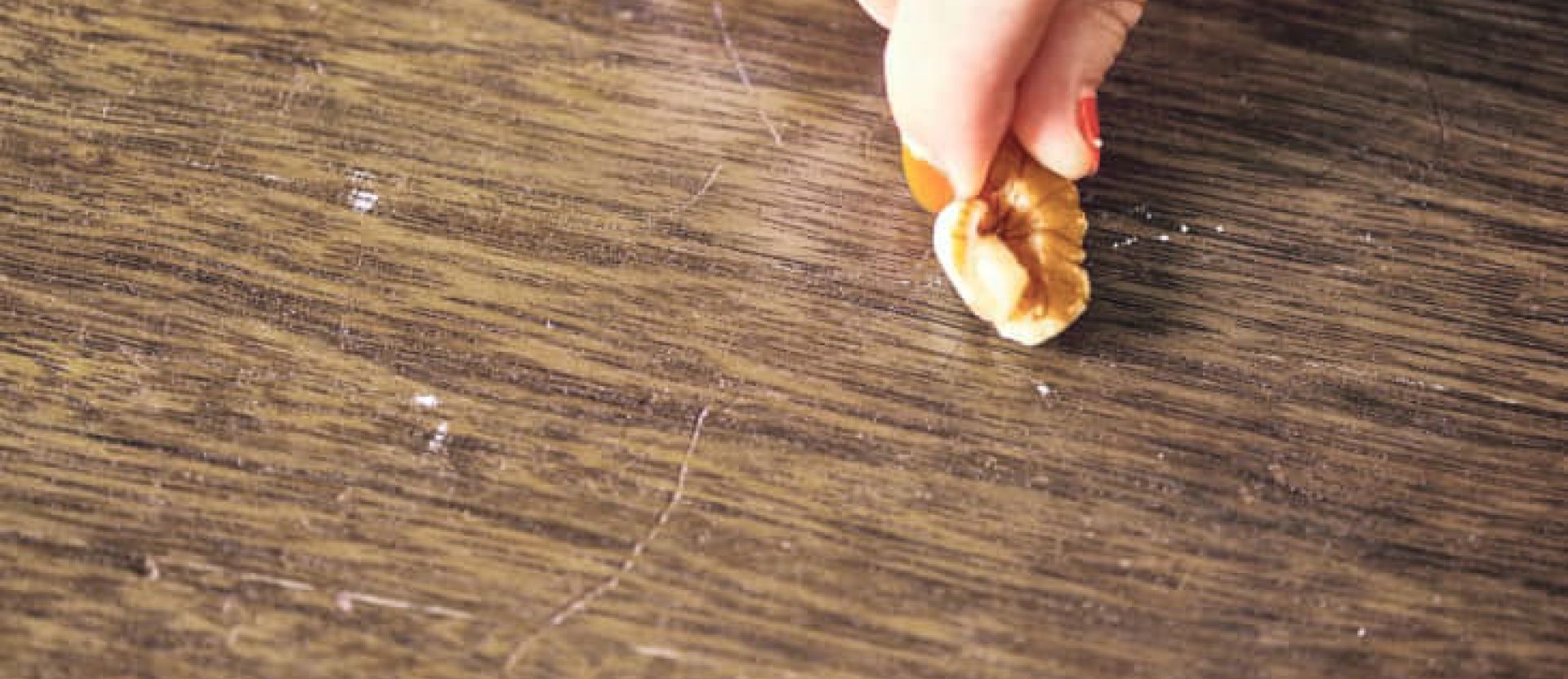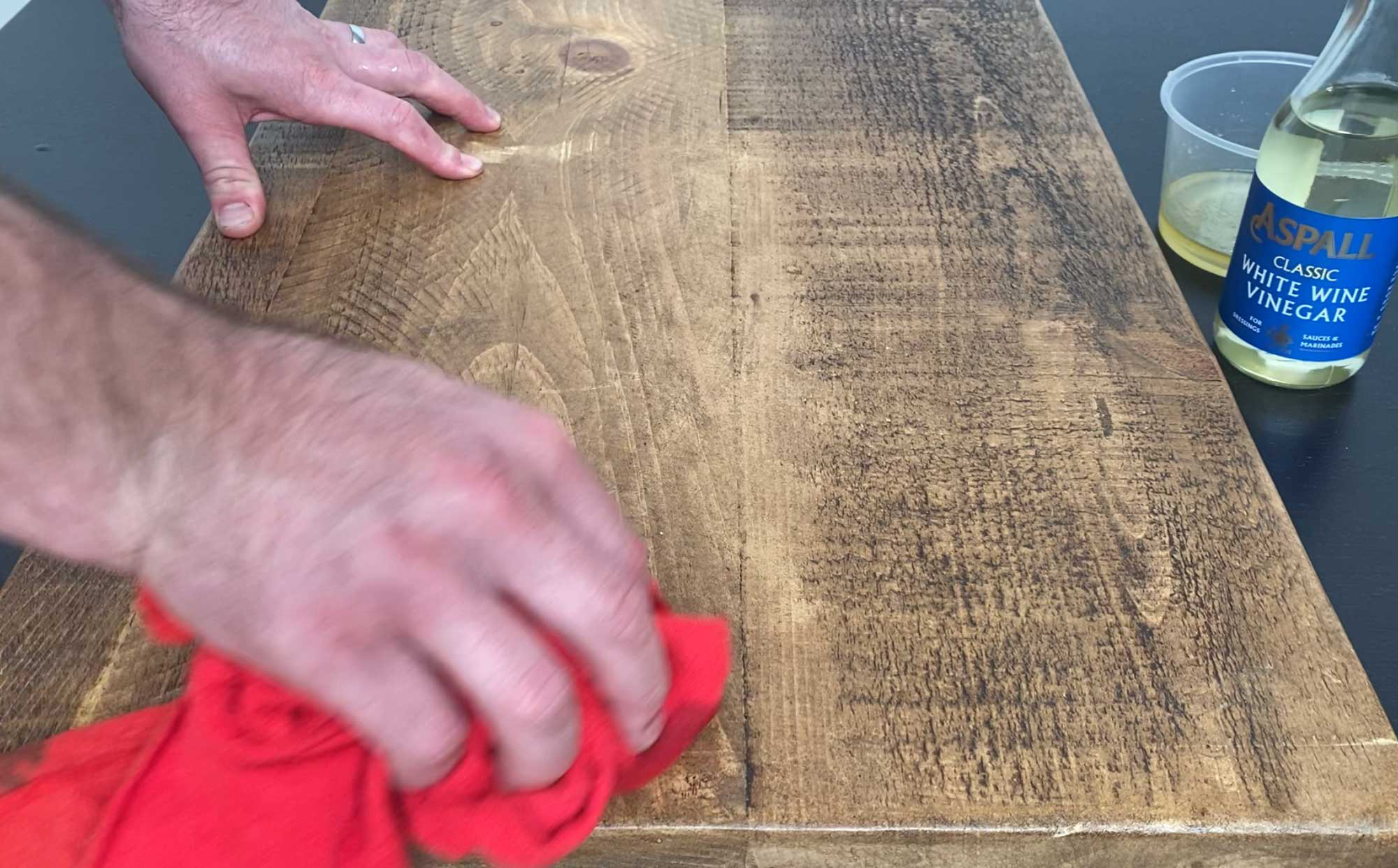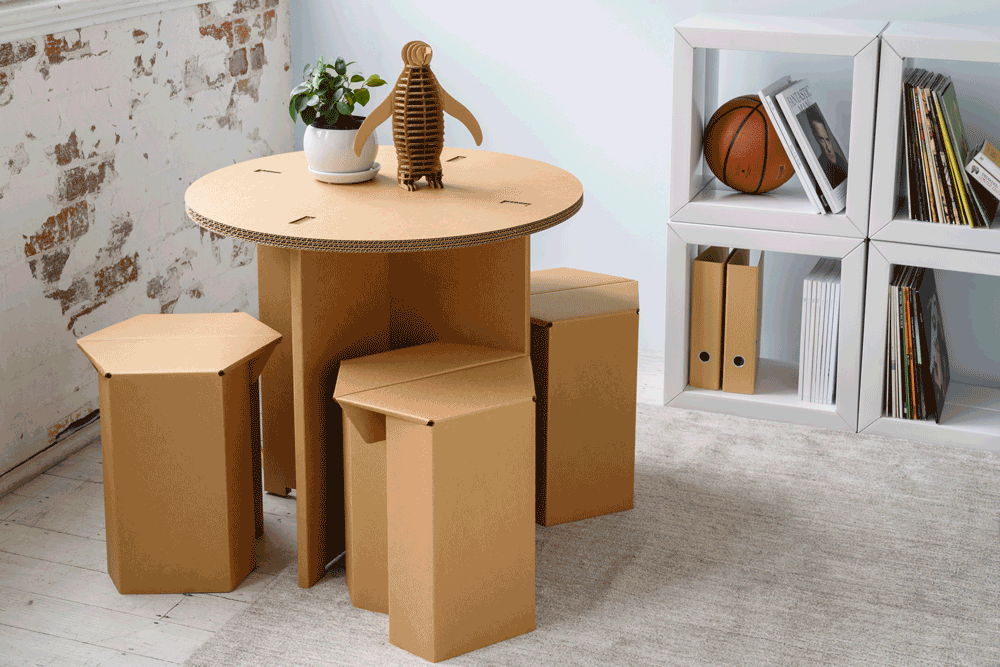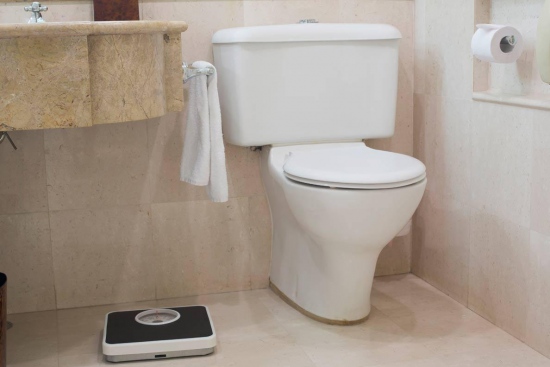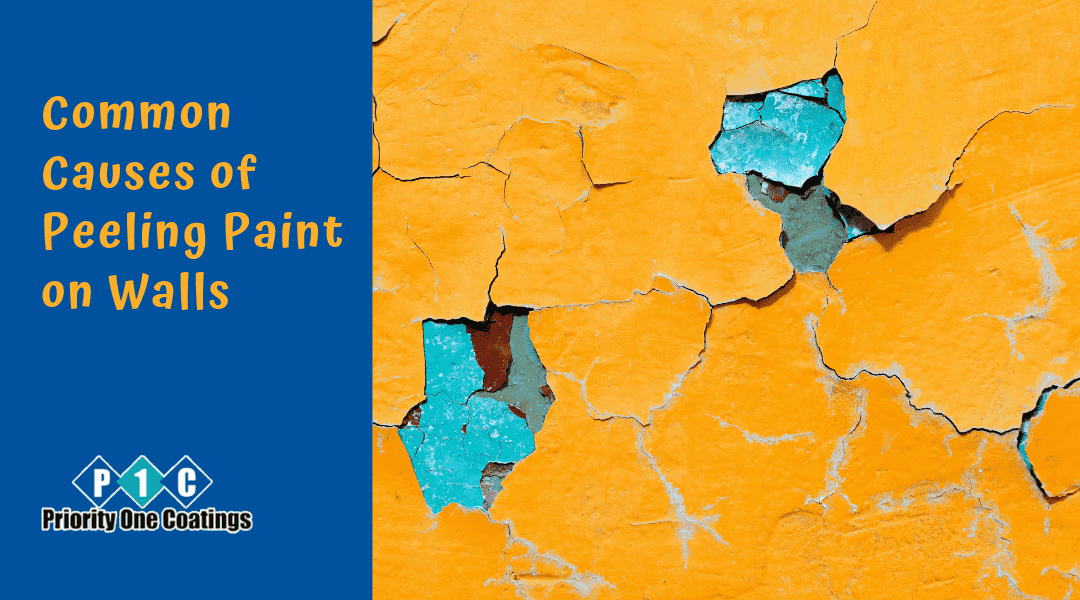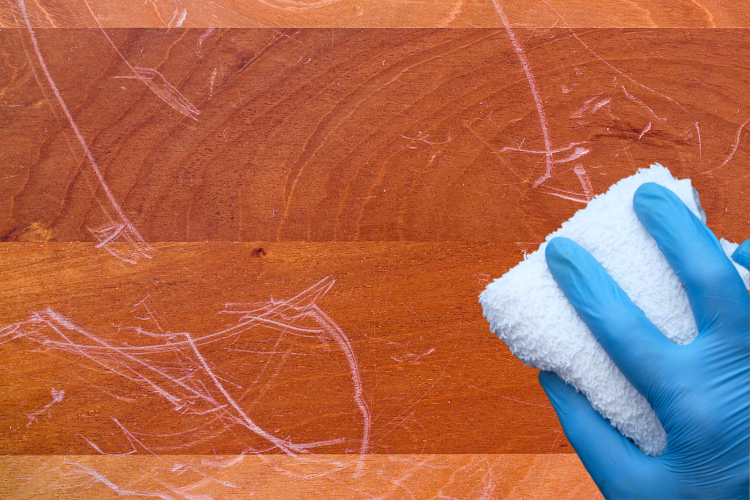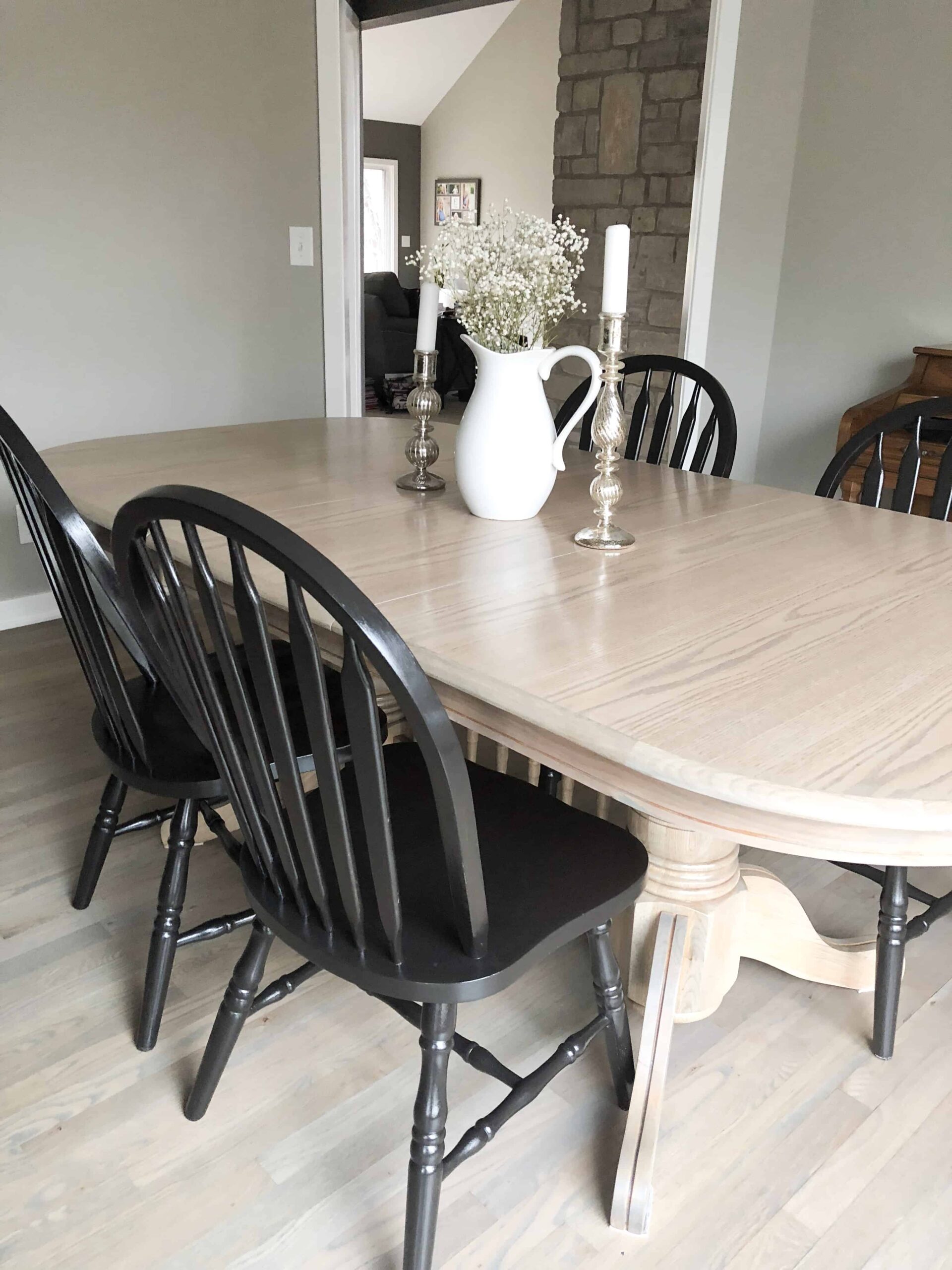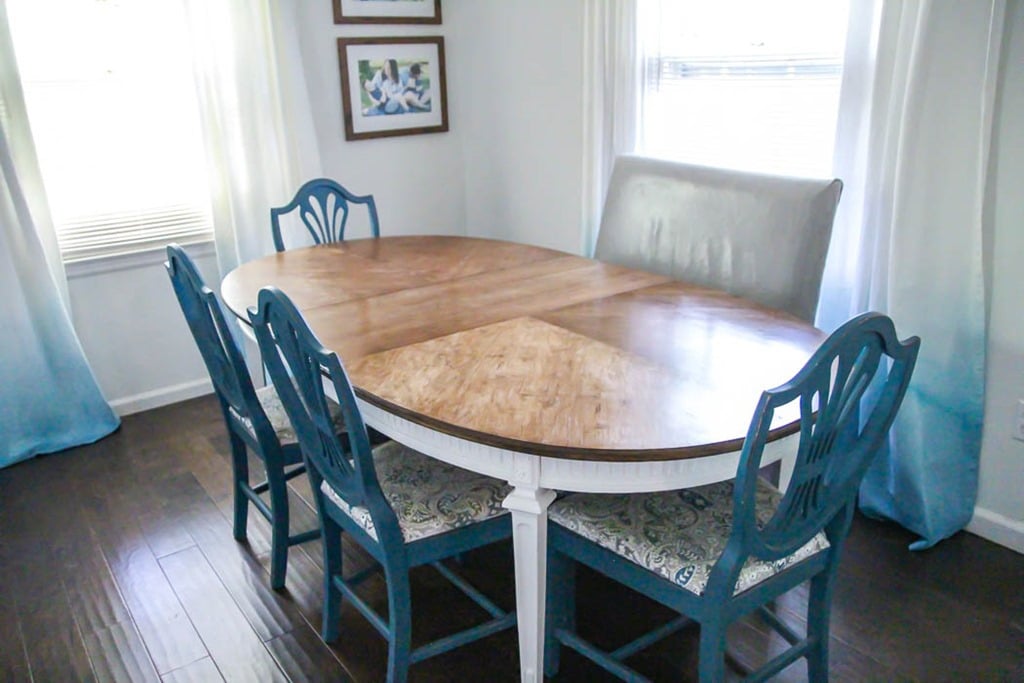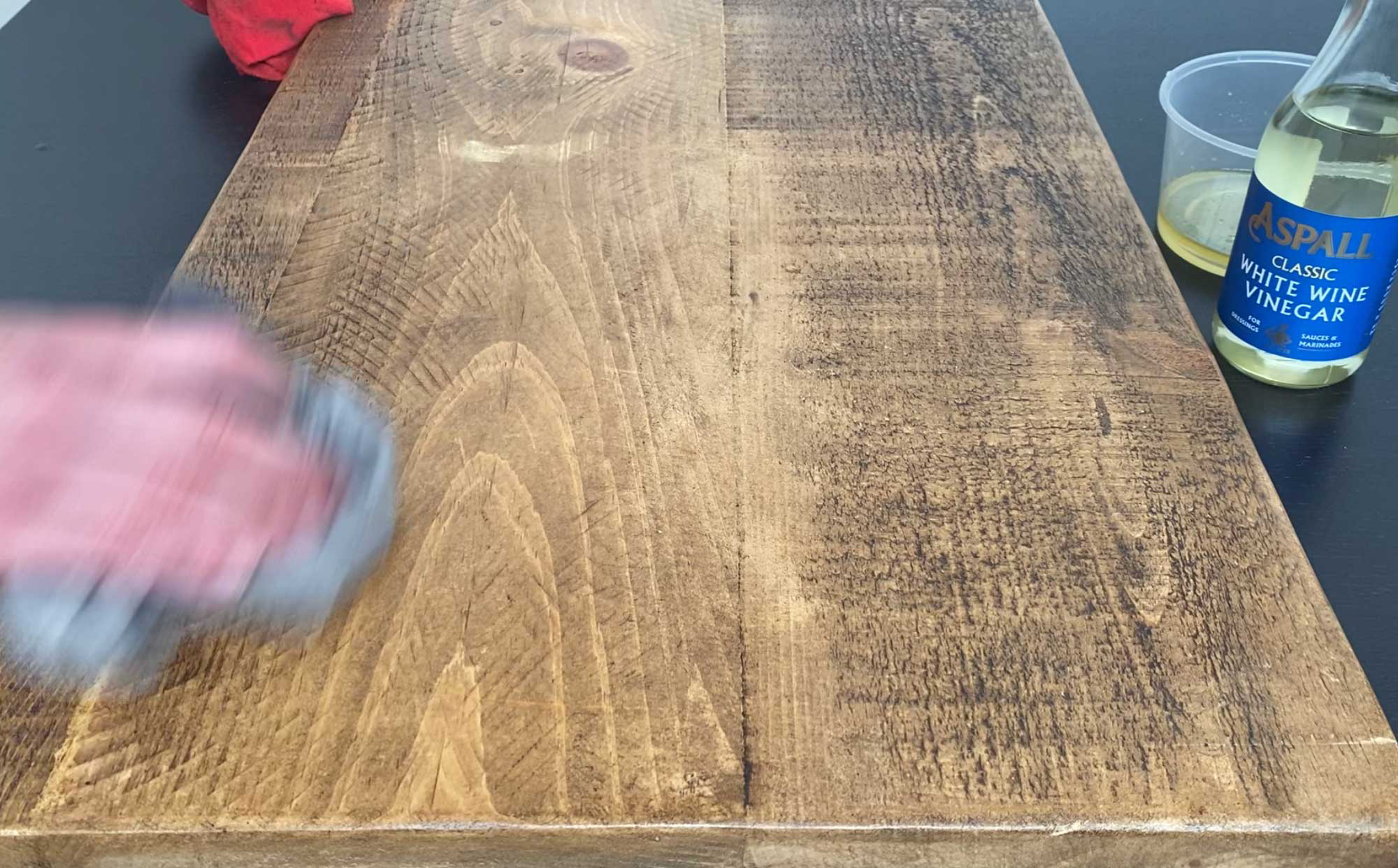Is your dining room table looking a little worse for wear? Scratches and peeling can make even the most beautiful table look old and worn out. But don't worry, there are plenty of solutions for repairing and restoring your dining room table to its former glory. In this article, we'll explore the best tips, products, and methods for fixing scratches and peeling on your dining room table. How to Fix Scratches and Peeling on a Dining Room Table
Before diving into the various solutions for fixing scratches and peeling, it's important to note that prevention is always better than cure. To avoid future damage to your dining room table, always use coasters, placemats, and tablecloths to protect the surface. But if your table is already suffering from scratches and peeling, here are some tips to help repair it. 1. Sanding and refinishing: For minor scratches and peeling, sanding down the damaged area and applying a new coat of finish can do wonders. Make sure to use a fine-grit sandpaper and follow the direction of the wood grain to avoid further damage. 2. Wax crayons or markers: For smaller scratches, you can use wax crayons or markers that match the color of your table to fill in the scratches. Simply rub the wax or marker over the scratch and then buff it with a soft cloth. 3. Oil and vinegar: This natural solution works well for small scratches. Mix equal parts of olive oil and vinegar and use a soft cloth to rub it into the scratches. Let it sit for a few minutes before buffing it with a clean cloth. Tips for Repairing Scratches and Peeling on a Dining Room Table
If you're feeling handy, there are plenty of DIY solutions to try for fixing scratches and peeling on your dining room table. Here are a few ideas to get you started: 1. Tea bags: Believe it or not, tea bags can be used to repair scratches on your dining room table. Simply steep a tea bag in hot water, let it cool, and then rub it over the scratches. The tannins in the tea will help darken the scratches and make them less noticeable. 2. Walnut: The natural oils in a walnut can work wonders on small scratches. Simply rub the walnut over the scratches, let it sit for a few minutes, and then wipe it off with a clean cloth. 3. Vinegar and olive oil: This DIY solution is similar to the oil and vinegar method mentioned earlier, but with a twist. Mix equal parts of vinegar and olive oil, and add a few drops of lemon juice. Use a soft cloth to rub the mixture into the scratches and then buff it with a clean cloth. DIY Solutions for Dining Room Table Scratches and Peeling
Scratches and peeling on your dining room table can be caused by a variety of factors. Some common causes include: 1. Harsh cleaning products: Using abrasive cleaning products or tools can damage the finish on your dining room table, leading to scratches and peeling. 2. Heat damage: Placing hot dishes or pots directly on the table can cause the finish to peel or bubble. 3. Water damage: Water can seep into the wood and cause it to swell, leading to peeling and warping. Common Causes of Scratches and Peeling on Dining Room Tables
When it comes to repairing scratches and peeling on your dining room table, there are many products available on the market. Here are a few of the best ones to consider: 1. Wood filler: This product is great for filling in deep scratches and gouges. Choose a filler that matches the color of your table, and follow the instructions for best results. 2. Furniture markers: These markers come in a variety of wood tones and can be used to touch up small scratches and chips on your dining room table. 3. Furniture polish: Regularly using a good quality furniture polish can help prevent scratches and peeling on your dining room table. Best Products for Repairing Dining Room Table Scratches and Peeling
If your dining room table has extensive damage, it may be best to seek professional help. Furniture repair specialists have the expertise and tools to fix scratches and peeling on your table without causing further damage. They may also be able to refinish your table to give it a brand new look. Professional Services for Fixing Dining Room Table Scratches and Peeling
The best way to deal with scratches and peeling on your dining room table is to prevent them in the first place. Here are some tips to help keep your table in top condition: 1. Use coasters and placemats: As mentioned earlier, using coasters and placemats can protect your table from scratches and heat damage. 2. Avoid using harsh cleaning products: Stick to gentle cleaners and soft cloths when cleaning your dining room table. 3. Use trivets or hot pads: Instead of placing hot dishes directly on the table, use trivets or hot pads to protect the surface. Preventing Scratches and Peeling on Your Dining Room Table
If your dining room table is beyond repair, you may want to consider refinishing it. Here are the basic steps for refinishing a table: 1. Sand the table: Use a coarse-grit sandpaper to remove the old finish and any scratches or imperfections. 2. Apply stain: Choose a stain that matches the color of your table and apply it evenly with a paintbrush or clean cloth. 3. Apply a coat of finish: Once the stain is dry, apply a coat of polyurethane or another protective finish to seal the wood. How to Refinish a Dining Room Table with Scratches and Peeling
If you prefer to use natural remedies, here are a few more options for repairing scratches and peeling on your dining room table: 1. Olive oil and lemon juice: Mix equal parts of olive oil and lemon juice, and use a soft cloth to rub it into the scratches. Let it sit for a few minutes before buffing it with a clean cloth. 2. Toothpaste: Believe it or not, toothpaste can work wonders on small scratches. Apply a small amount to the scratched area and rub it in with a soft cloth. Wipe off the excess with a clean cloth. 3. Baking soda and water: Make a paste with baking soda and water and use it to gently buff out scratches on your dining room table. Natural Remedies for Repairing Dining Room Table Scratches and Peeling
When trying to repair scratches and peeling on your dining room table, there are a few mistakes you should avoid: 1. Using the wrong products: Using harsh chemicals or abrasive tools can further damage your table. 2. Not following the wood grain: When sanding or applying products, always follow the direction of the wood grain to avoid causing more scratches. 3. Not testing products beforehand: Before using any product on your dining room table, test it on a small, inconspicuous area to ensure it doesn't cause any damage. With these tips and solutions, you can say goodbye to scratches and peeling on your dining room table and enjoy a beautiful and well-maintained piece of furniture for years to come. Common Mistakes to Avoid When Fixing Dining Room Table Scratches and Peeling
Dining Room Table Scratches: How to Prevent and Repair Them

Keep Your Dining Room Table Looking Like New
 If you own a beautiful dining room table, you know how much time and effort goes into maintaining its appearance. However, over time, scratches and peeling can occur, causing your table to lose its luster and charm. Whether it's from everyday use or accidental mishaps, these imperfections can be frustrating and even embarrassing when entertaining guests. But fear not, there are steps you can take to prevent and repair these damages, keeping your dining room table looking like new.
If you own a beautiful dining room table, you know how much time and effort goes into maintaining its appearance. However, over time, scratches and peeling can occur, causing your table to lose its luster and charm. Whether it's from everyday use or accidental mishaps, these imperfections can be frustrating and even embarrassing when entertaining guests. But fear not, there are steps you can take to prevent and repair these damages, keeping your dining room table looking like new.
Preventing Scratches and Peeling
:max_bytes(150000):strip_icc()/hot-to-hang-a-chandelier-1976284-GIF-V4-f1d9285bc97d4dbab70cdbfacf3caf01.gif) The first step in preventing scratches and peeling on your dining room table is to be mindful of what you place on its surface. Avoid placing hot plates or dishes directly on the table, as the heat can cause the finish to peel or bubble. Use coasters and trivets to protect the surface from spills and scratches. Additionally, be cautious when using sharp utensils, such as knives and forks, on the table. These can easily leave scratches and marks that can be difficult to repair.
Another preventative measure is to regularly clean and polish your dining room table. Use a soft, lint-free cloth and a gentle cleaner specifically designed for wood surfaces. Avoid using harsh chemicals or abrasive cleaners, as these can strip away the protective finish on your table. By keeping your table clean and well-maintained, you can minimize the risk of scratches and peeling.
The first step in preventing scratches and peeling on your dining room table is to be mindful of what you place on its surface. Avoid placing hot plates or dishes directly on the table, as the heat can cause the finish to peel or bubble. Use coasters and trivets to protect the surface from spills and scratches. Additionally, be cautious when using sharp utensils, such as knives and forks, on the table. These can easily leave scratches and marks that can be difficult to repair.
Another preventative measure is to regularly clean and polish your dining room table. Use a soft, lint-free cloth and a gentle cleaner specifically designed for wood surfaces. Avoid using harsh chemicals or abrasive cleaners, as these can strip away the protective finish on your table. By keeping your table clean and well-maintained, you can minimize the risk of scratches and peeling.
Repairing Scratches and Peeling
 If your dining room table already has scratches or peeling, don't worry, there are ways to repair them. For minor scratches, you can use a wood touch-up marker or furniture polish to cover up the imperfections. For deeper scratches, you may need to use a wood filler or putty to fill in the damaged area. Once it has dried, sand the area smooth and apply a matching wood stain or paint to blend it in with the rest of the table.
For peeling or bubbling on the finish, you may need to strip and refinish the affected area. This process involves removing the damaged finish, sanding down the surface, and applying a new coat of finish. This can be a more time-consuming and labor-intensive process, but it will restore your table to its original beauty.
If your dining room table already has scratches or peeling, don't worry, there are ways to repair them. For minor scratches, you can use a wood touch-up marker or furniture polish to cover up the imperfections. For deeper scratches, you may need to use a wood filler or putty to fill in the damaged area. Once it has dried, sand the area smooth and apply a matching wood stain or paint to blend it in with the rest of the table.
For peeling or bubbling on the finish, you may need to strip and refinish the affected area. This process involves removing the damaged finish, sanding down the surface, and applying a new coat of finish. This can be a more time-consuming and labor-intensive process, but it will restore your table to its original beauty.
Final Thoughts
 By following these preventative measures and repair techniques, you can keep your dining room table looking like new for years to come. Remember to always be cautious of what you place on the table and to regularly clean and maintain it. And if scratches or peeling do occur, don't panic, there are ways to fix them. With proper care and maintenance, your dining room table will continue to be the centerpiece of your home.
By following these preventative measures and repair techniques, you can keep your dining room table looking like new for years to come. Remember to always be cautious of what you place on the table and to regularly clean and maintain it. And if scratches or peeling do occur, don't panic, there are ways to fix them. With proper care and maintenance, your dining room table will continue to be the centerpiece of your home.



